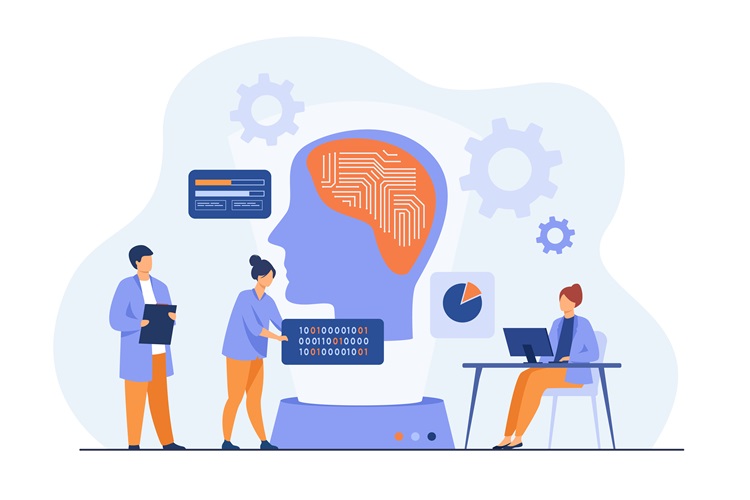The domain of AI is classified into Formal tasks, Mundane tasks, and Expert tasks.

| Task Domains of Artificial Intelligence | ||
| Mundane (Ordinary) Tasks | Formal Tasks | Expert Tasks |
| Perception● Computer Vision● Speech, Voice | ● Mathematics● Geometry● Logic● Integration and Differentiation | ● Engineering● Fault Finding● Manufacturing● Monitoring |
| Natural Language Processing● Understanding● Language Generation● Language Translation | Games● Go● Chess (Deep Blue)● Ckeckers | Scientific Analysis |
| Common Sense | Verification | Financial Analysis |
| Reasoning | Theorem Proving | Medical Diagnosis |
| Planing | Creativity | |
| Robotics● Locomotive |
Humans learn mundane (ordinary) tasks since their birth. They learn by perception, speaking, using language, and locomotives. They learn Formal Tasks and Expert Tasks later, in that order.
For humans, the mundane tasks are easiest to learn. The same was considered true before trying to implement mundane tasks in machines. Earlier, all work of AI was concentrated in the mundane task domain.
Later, it turned out that the machine requires more knowledge, complex knowledge representation, and complicated algorithms for handling mundane tasks. This is the reason why AI work is more prospering in the Expert Tasks domain now, as the expert task domain needs expert knowledge without common sense, which can be easier to represent and handle.

